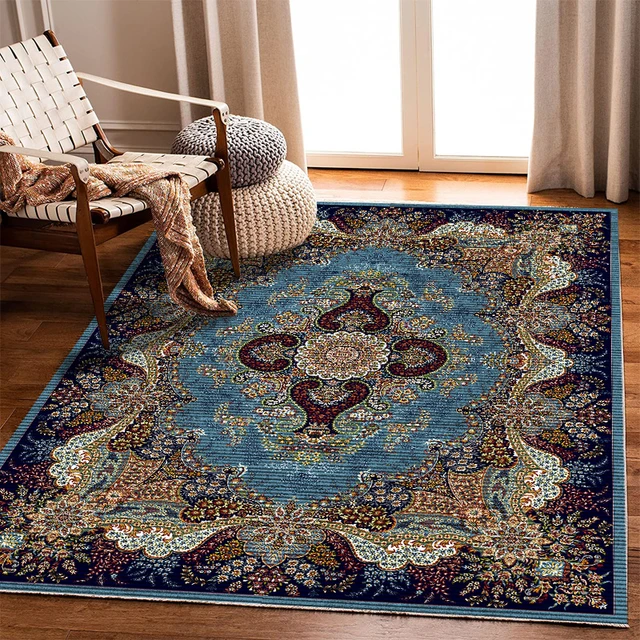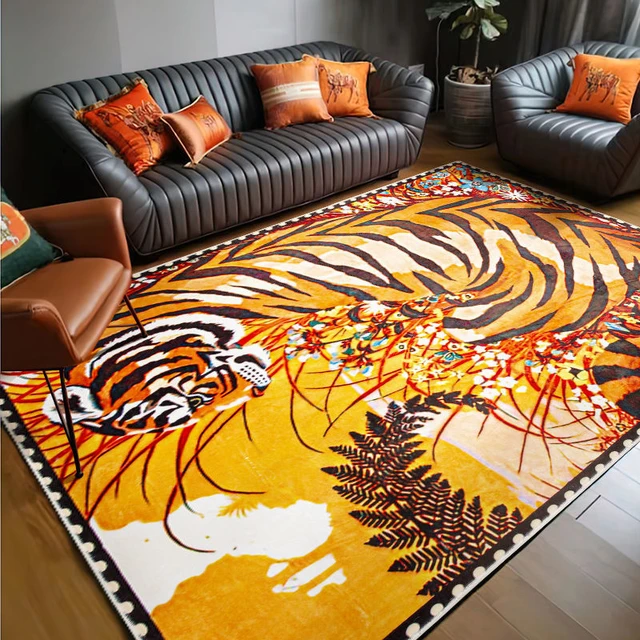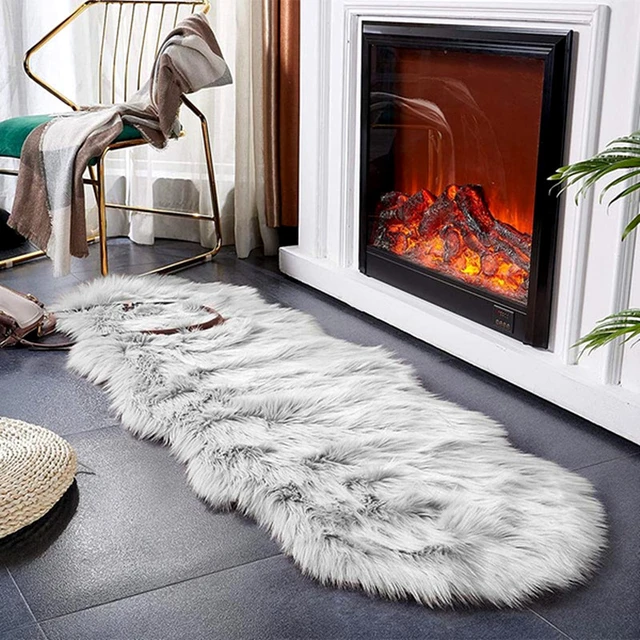 Introduction:
Introduction:
Carpeting is a popular flooring choice known for its warmth, comfort, and aesthetic appeal. However, like any flooring option, carpets have a lifespan and will eventually wear out over time. In this comprehensive guide, we will explore the factors that affect the lifespan of a carpet and provide tips for proper maintenance. By understanding these factors and adopting good care practices, you can extend the life of your carpet and maximize its durability and beauty.
Factors Affecting Carpet Lifespan
Quality and Material:
The quality and type of carpet material play a significant role in its longevity.
Higher-quality materials, such as nylon or wool, tend to be more durable and have a longer lifespan compared to lower-quality or synthetic materials.
Usage and Foot Traffic:
The amount of foot traffic a carpet receives will impact its lifespan.
Areas with heavy foot traffic, such as hallways or main living spaces, will experience more wear and tear compared to less-frequented areas.
Maintenance and Cleaning:
Proper maintenance and regular cleaning routines are crucial in preserving the life of a carpet.
Neglecting to clean or adequately maintain the carpet can lead to more significant damage and a shorter lifespan.
 Expected Lifespan of Different Carpet Materials
Expected Lifespan of Different Carpet Materials
Nylon:
Nylon is a popular carpet material known for its durability.
On average, nylon carpets can last approximately 10 to 15 years with proper care.
Polyester:
Polyester carpets are known for their softness and affordability.
With proper maintenance, polyester carpets can last approximately 5 to 10 years.
Wool:
Wool carpets are recognized for their natural beauty and resilience.
When well-maintained, wool carpets can last up to 20 years or longer.
Olefin (Polypropylene):
Olefin carpets are budget-friendly and resistant to stains and moisture.
With proper care, olefin carpets can last approximately 5 to 10 years.
Tips for Extending Carpet Lifespan
Regular Vacuuming:
Regular vacuuming at least once a week removes dirt, dust, and debris that can cause premature wear on the carpet fibers.
Prompt Stain Treatment:
Promptly addressing spills and stains helps prevent the potential for permanent damage to the carpet fibers and extends its lifespan.
Professional Cleaning:
Periodic professional cleaning removes deep-seated dirt and rejuvenates the carpet fibers.
Depending on usage, carpets should be professionally cleaned every 12 to 18 months.
Protective Measures:
Implementing preventive measures, such as using rug runners or area rugs in high-traffic areas, can help distribute weight and reduce wear on specific carpet sections.
Regular Rotation:
Rotating furniture and regularly rearranging rugs can distribute weight and foot traffic, preventing uneven wear on the carpet.
Fading Prevention:
Protect carpets from direct sunlight exposure to prevent fading, especially in areas with large windows or ample natural light.
 Here are some steps to handle mold on carpets:
Here are some steps to handle mold on carpets:
When dealing with mold on carpets, it’s essential to address the issue promptly to prevent further spread and potential health risks. Here are some steps to handle mold on carpets:
Safety Precautions:
Before starting the cleaning process, put on protective gear such as gloves, goggles, and a face mask to avoid direct contact with mold spores.
Identify the Extent of Mold:
Determine the scope of the mold growth on the carpet. If the affected area is smaller than 10 square feet, you may be able to address it yourself. For larger areas or extensive mold growth, it is advisable to seek professional assistance.
Ventilation:
Open windows or use fans to increase ventilation in the affected area. This helps to reduce the concentration of mold spores in the air.
Dry the Area:
Mold thrives in damp conditions, so it’s crucial to dry the carpet thoroughly. Use dehumidifiers, fans, or a wet/dry vacuum to extract moisture from the carpet.
Remove Moldy Materials:
If the carpet is heavily infested with mold and the growth has penetrated deeply, it may be necessary to discard the affected portion or the entire carpet. Severely damaged or mold-infested carpets may not be salvageable.
Clean the Carpet:
For smaller mold-affected areas, mix a solution of water and mild detergent or vinegar. Apply the cleaning solution to the affected area, using a scrub brush or sponge. Gently scrub the moldy area, taking care not to spread the spores further. Rinse the area with clean water and blot dry.
Use a Mold-killing Solution:
After cleaning, apply a mold-killing solution to the affected area. There are commercial mold-killing products available or you can make your own solution using hydrogen peroxide or a mixture of water and bleach. Follow the instructions on the product label or your chosen solution carefully.
Thoroughly Dry the Carpet:
After cleaning, ensure that the carpet is completely dry. Use fans or dehumidifiers to expedite the drying process. Moisture left in the carpet can contribute to further mold growth.
Prevent Future Mold Growth:
Address the underlying cause of the mold growth, such as moisture or humidity issues. Fix any leaks, improve ventilation, or consider using a dehumidifier to keep the area dry and prevent further mold growth.
If you are unsure about your ability to handle the mold remediation process or if the mold infestation is extensive, it is advisable to consult with a professional mold remediation expert to ensure safe and effective treatment.
 When faced with a smelly carpet, there are several steps you can take to eliminate the odor. Here’s what you can do:
When faced with a smelly carpet, there are several steps you can take to eliminate the odor. Here’s what you can do:
Identify the Source:
Determine the cause of the odor. It could be due to spilled liquids, pet accidents, mildew, or any other factors. Finding the source helps in targeting the specific issue.
Vacuum Thoroughly:
Start by vacuuming the carpet thoroughly to remove any loose dirt, debris, or pet hair. Vacuuming helps to eliminate odor-causing particles and freshen the carpet.
Baking Soda:
Sprinkle baking soda generously over the entire carpet surface. Baking soda is known for its odor-absorbing properties. Let it sit for several hours, ideally overnight, to give it time to work.
Vacuum Again:
After the baking soda has been left on the carpet, vacuum the entire surface once more to remove the baking soda and any trapped odors.
Spot Clean:
For specific areas with strong odors, spot clean with a mixture of white vinegar and water. Vinegar is a natural deodorizer. Mix equal parts vinegar and water, apply the solution to the affected area, and blot gently with a clean cloth or sponge. Avoid saturating the carpet with the solution.
Enzyme Cleaner:
If the odor persists, especially due to pet accidents, consider using an enzyme cleaner specifically designed for removing pet odors. Enzyme cleaners break down organic matter and eliminate odor-causing bacteria.
Steam Cleaning:
For deep cleaning and deodorizing, consider steam cleaning the carpet. Steam cleaning can help remove embedded odors and sanitize the carpet fibers. Follow the instructions recommended by the steam cleaner manufacturer or hire a professional service for best results.
Adequate Air Circulation:
During and after the cleaning process, ensure proper air circulation in the room. Open windows, use fans, or turn on air purifiers to help in drying the carpet and dissipating any lingering odors.
Professional Cleaning:
If the odor persists despite your efforts, or if the carpet is heavily soiled, it may be necessary to seek professional carpet cleaning services. They have specialized equipment and expertise to thoroughly clean and deodorize the carpet.
Remember, prevention is key to combatting carpet odors. Regular vacuuming, immediate cleanup of spills, and addressing any underlying issues like moisture or pet accidents can help prevent odors from developing in the first place.
 Conclusion:
Conclusion:
The lifespan of it depends on various factors, including quality, material, usage, and maintenance. While the expected lifespan of different materials may vary, adhering to regular cleaning routines, proper maintenance practices, and addressing stains promptly can significantly extend the life. By understanding the factors that affect lifespan and implementing preventive measures, you can enjoy the aesthetic beauty and comfort for many years. Treat your carpet with care, and with proper maintenance, it will continue to provide warmth and enhance the coziness of your living spaces.



